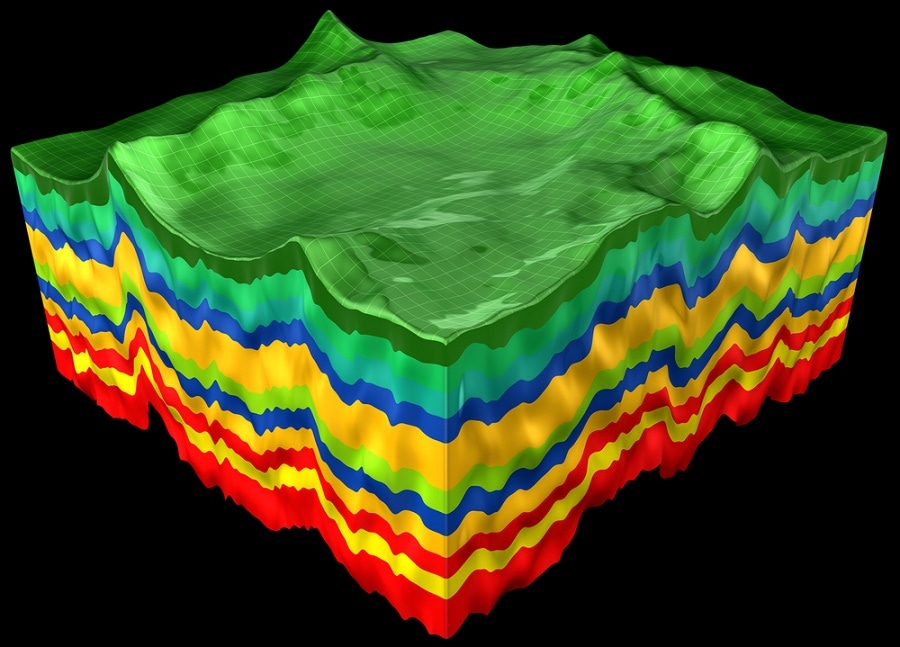Jul 8 2016
Neos Inc. plans to create a state-of-the-art gravity gradiometry sensor to detect gas, minerals and oil present below the earth's surface, and this new sensor will be 20 times more powerful than existing technology.
 Image Credit: brumhildich | Shutterstock.com
Image Credit: brumhildich | Shutterstock.com
This unique sensor which Neos and Lockheed Martin are aiming to build, is so advanced that it has the ability to detect a 10-meter tall hill buried one kilometer underneath the earth's surface. The technology is capable of detecting an armored truck full of gold 20 meters underneath the earth, by just sensing the effect caused by the bullion on the local gravity field .
Full Tensor Gradiometry (FTG) Plus, which is the newly developed technology has 10 times greater bandwidth and 20 times more sensitivity than the existing gravity gradiometers.
FTG Plus transforms what we can do and what we can see from the air. Remote sensing is going to dominate the exploration market and with this sensor Neos will have the most advanced in the world. It will enable us to image resources cleaner, quicker and at a lower cost to our customers.
Jonathan Faiman, Chairman, Neos Inc
The prototype is being built by Lockheed Martin to particularly identify natural resources from aircraft operated and owned by Neos.
The FTG Plus program was obtained by Neos as part of the possession of assets from CGG SA announced on April 29, 2016.
The advances we will make here are extraordinary. One of the reasons is that in the past we and competitors have used military hardware, modified for geophysical survey purposes. FTG Plus is the first time Lockheed Martin has specifically built a sensor for our precise use and needs. That is a fundamental change; it is an entirely new design for us and we have exclusive rights to use it.
Gregory Paleolog, FTG Plus Program Lead for Neos
Neos can entirely use the technology for oil, mining and gas applications. The FTG Plus will be used either in single turbine engine Cessna C-208B Caravan aircraft, Twin-Engined Basler BT-67s, or Reims-Cessna F406 twin turbine airplanes. These sensors can also be integrated in helicopters.
The technology is capable of changing the method used by exploration teams, government officials and energy ministries to detect valuable resources, and this results in providing more information that will help decisions about exploring to be made quicker.
At a time when so much marine seismic equipment is being cold-stacked, we will be able to use non-seismic technology with a new sensor 20 times better than anything we have ever seen before. This means we will find more resources, quicker and with more accuracy than ever before. It will be transformative.
Gregory Paleolog, FTG Plus Program Lead for Neos